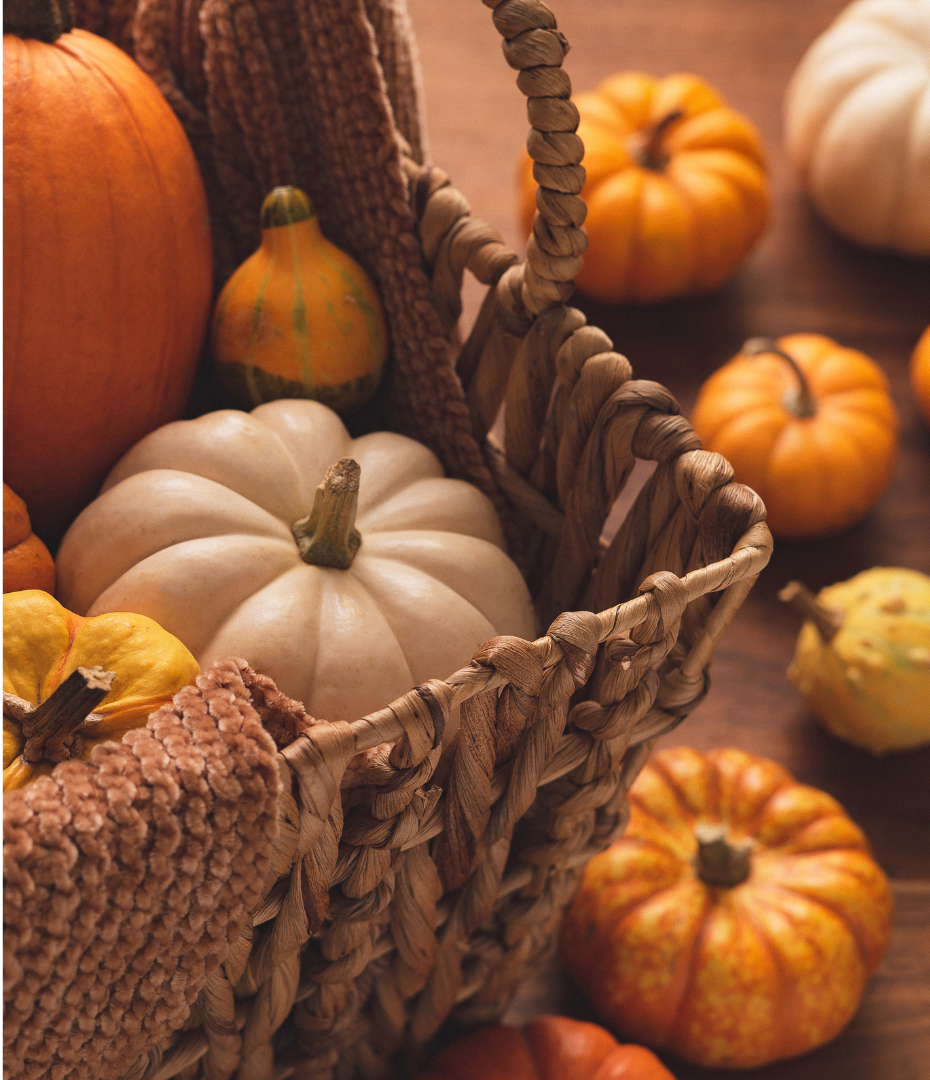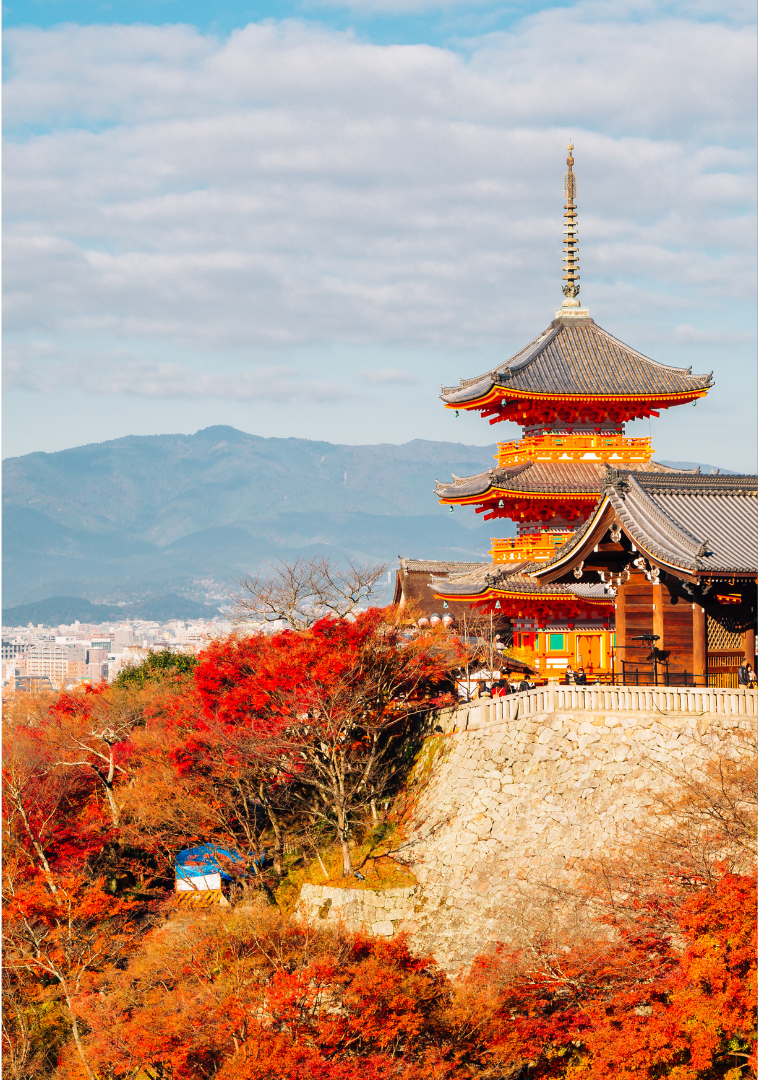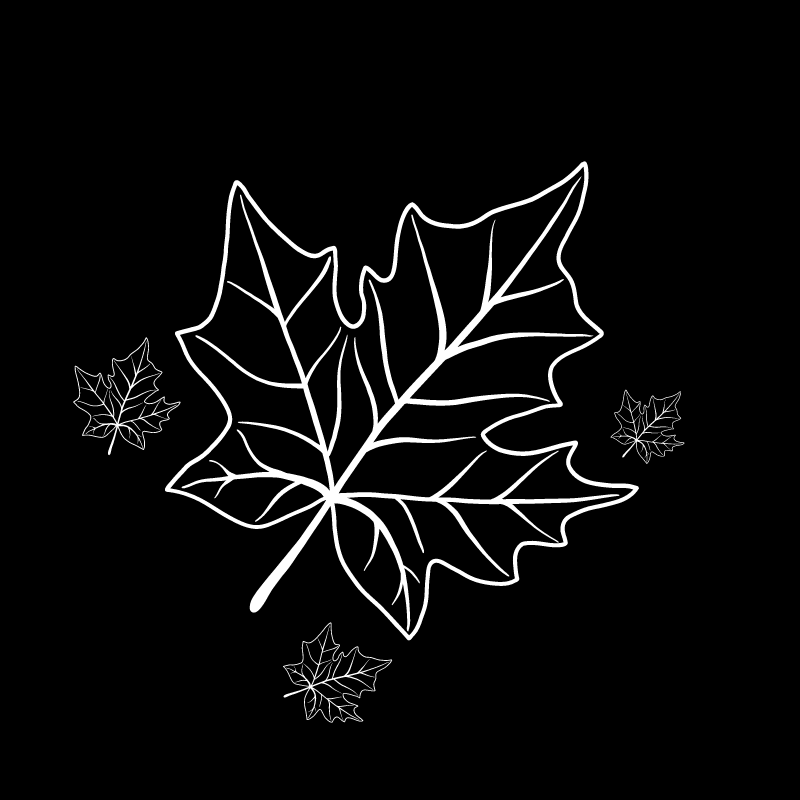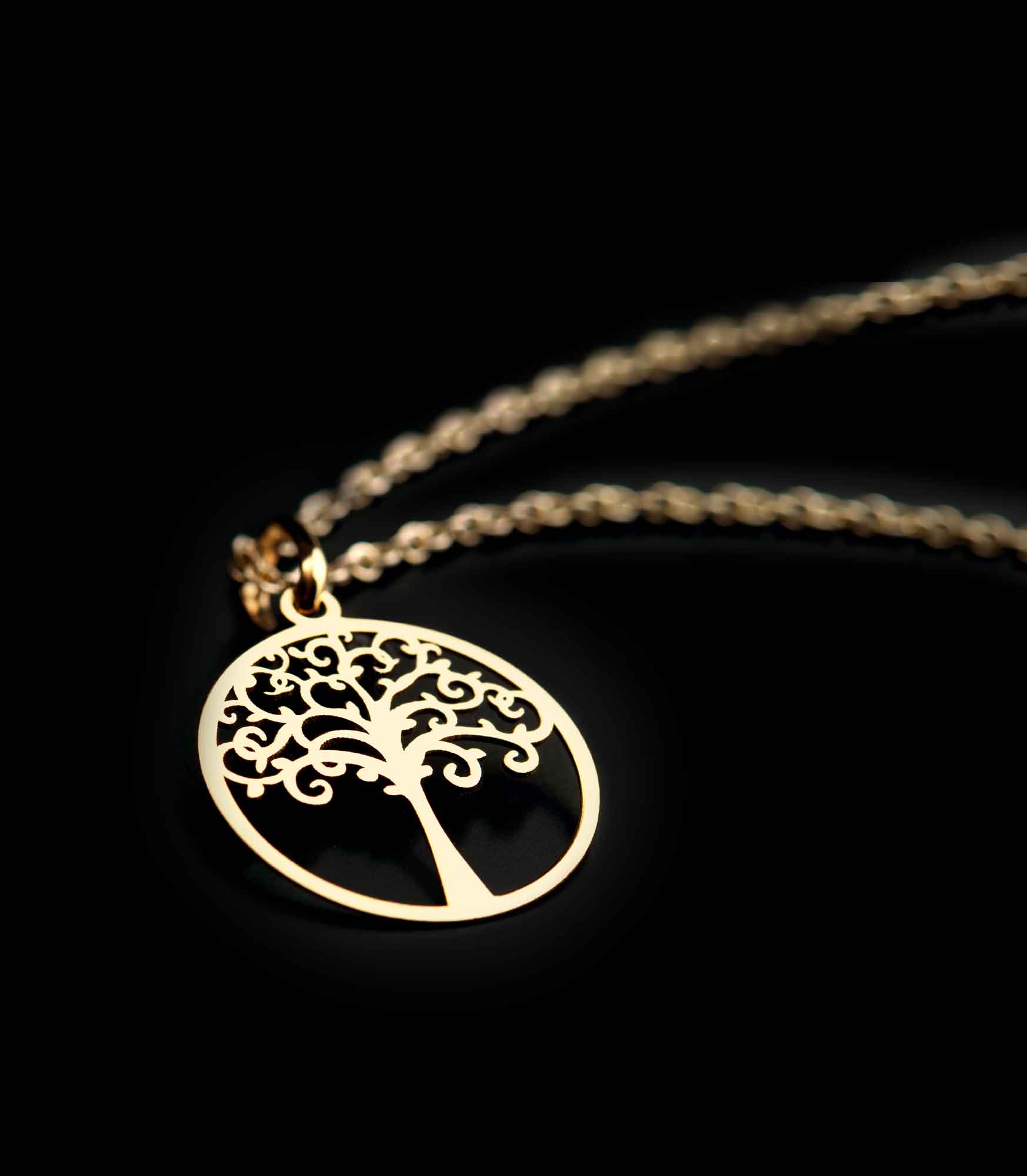The arrival of autumn
When summer gives way to the new season, we witness the autumnal equinox. Between 22nd and 23rd September, the Earth’s axis is tilted in a way that makes day and night pretty much equivalent: they last about 12 hours each, creating a perfect balance between light and darkness.
After the equinox, days start becoming shorter. The Sun rises more to the south-east and sets more to the south-west, colouring the sky with warm, suggestive hues. Tree leaves take on shades of yellow, orange, and red, creating breath-taking sceneries.
The equinox in world cultures
Mankind has been fascinated by the autmnal equinox ever since its early days, taking inspiration for myths, legends, and rites in different cultures around the world. In Ancient Egypt, it was associated to the god Osiris, symbol of death and rebirth. For the Greeks, it was the season of Dyonisus, god of wine and inebriation, while the Celts celebrated harvest with Samhain, a moment to honour the ancestors and prepare for winter.

The transition of nature
The change of season marks a change for nature as well. Animals start getting ready for winter, migrating towards milder climates, stocking up on food to face the cold season, or fattening up in preparation for hibernation. Plants, on the other hand, slow down their own life cycle, shedding leaves and getting ready for winter dormancy.
The autumnal equinox is therefore a crucial moment for nature as well as all living beings – including human beings, who have historically associated particular symbols and customs to this period of change.
Amongst the most famous symbols related to the autumnal equinox, we find:
• Libra: symbol of balance between day and night
• Apple: symbol of harvest and knowledge
• Pumpkin: symbol of change and transformation
• Autumn leaves: symbol of the ephemeral beauty of life and the cycle of the seasons
Traditions and celebrations
The autumnal equinox has always been a very important moment in several cultures around the world, which gave life to unique traditions and celebrations whose main themes are the harvest, thanksgiving and the preparation for the winter period. Let’s discover them together!
• Japan: Shūbun No Hi is one of the main festivities in the country. It celebrates the new season, the harvest and good omens, but also all the people who are no longer with us. The tradition includes paying a visit to deceased loved ones, and a stroll under the maple leaves to end the day.
• Lithuania: each year, in the capital Vilnius, hundreds of candles are lit along the Neris River to welcome autumn, while in the rest of the city people celebrate with numerous local markets displaying the last fruits of the harvest.
• China: one of the most important celebrations is the Mid-Autumn Festival. Families gather to eat mooncakes (round pastries with a sweet filling), and admire the full moon. It is a time to celebrate family, and unity in general. Other Asian countries commemorate the equinox with similar festivals, such as Chuseok in Korea and Tết Trung Thu in Vietnam — an occasion for people to celebrate the harvest, tradition, and family.
• Peru: every year, visitors go the archaeological site of Machu Picchu to see a stone called Intihuatana (“the hitching post of the Sun”). The upper part of the stone works like a sundial, casting its shadow around. During the equinox, the sun hovers directly over the stone, thus creating no shadow. According to the Inca tradition, in that instant the Sun deity is “tied” to the stone.

In many European countries, the autumnal equinox coincides with harvest festivals, a time to celebrate the fruits of the land and thank Nature for its generosity.
The autumnal equinox is therefore an occasion to slow down, appreciate the gifts that the earth offers us, and get ready for the colder months with serenity and gratitude. It reminds us that every change brings along new opportunities, and that beauty can also be found in being able to let go and preparing for a new beginning.





